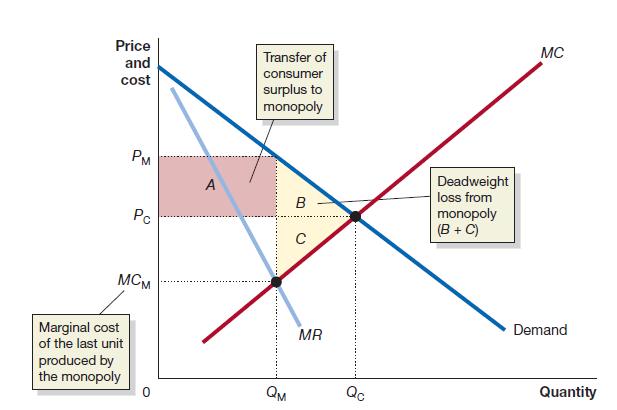We saw in the chapter that when firms want to merge, they frequently make the argument that
Question:
We saw in the chapter that when firms want to merge, they frequently make the argument that the newly merged firm will have significantly lower costs. Suppose for the sake of simplicity that all the firms in a perfectly competitive industry want to merge to form a monopoly (though we know that in practice the federal government would never allow such a merger).
a. Draw a graph like Figure 15.5 that shows the results of the merger. Unlike Figure 15.5, though, assume on your graph that after the merger, the new monopoly firm has marginal costs that are low enough that the price of the product is lower than before the merger. Make sure that your graph shows the price and quantity before and after the merger and the shift in the marginal cost curve.
b. Now show on your graph the consumer surplus and producer surplus before the merger and consumer surplus and producer surplus after the merger.
Data given in Figure 15.5

Step by Step Answer:





